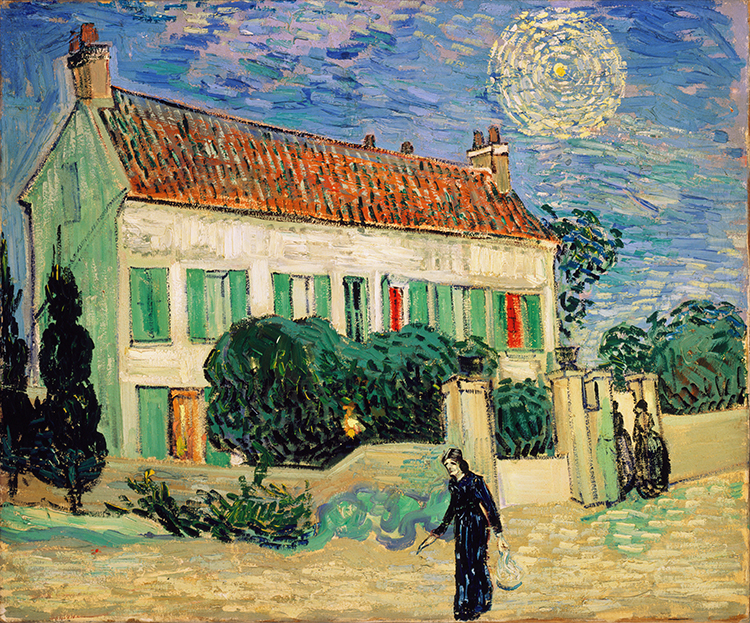It’s not unusual for an institution to recognize a major benefactor’s generosity by naming something in their honor — a wing, an atrium, a library, a gymnasium, a concert hall…
But bathrooms?
It’s a fitting tribute for the Pope of Trash, filmmaker John Waters.
So fitting that he himself suggested it when donating 372 prints, paintings, and photographs from his personal collection to the Baltimore Museum Of Art.
With Harvard, the University of Pennsylvania, and the University of Colorado at Boulder, New York City’s New Museum of Contemporary Art and famed downtown performance venue Dixon Place all boasting restrooms that double as temples to philanthropy, Waters is not the first donor to be lionized in latrine form…
But he is surely the most famous, thanks to a career that spans six decades, includes numerous books and exhibitions of his photography and sculptures, in addition to his infamous cult films.
Waters got his start as an art collector at the age of 12: he spent $2 on a Joan Miró poster in the Baltimore Museum’s gift shop:
After taking it home and hanging it on my bedroom wall at my parents’ house, I realized from the hostile reaction of my neighborhood playmates that art could provoke, shock, and cause trouble. I became a collector for life. It’s only fitting that the fruits of my 60-year search for new art that could startle, antagonize, and infuriate even me, ends up where it all began—in my hometown museum.
Museum director Christopher Bedford calls Waters a “man of extraordinary refinement” as well as “a local treasure.”
Curator Asma Naeem adds that Waters’ donation, in addition to being one of the largest gifts of art in recent history, is also one of the “most personal and individualized, showing the true stamp of the donor’s taste, eye, and predilections.”
Among the 125 artists represented are Mike Kelley, Cindy Sherman, Roy Lichtenstein, Diane Arbus, Nan Goldin, Cy Twombly, Andy Warhol, and Waters himself. (The museum hosted a retrospective of his visual art two years ago.)
Waters is personally acquainted with many of the artists in his collection, and has a strong preference for early work. “They were never blue-chip artists,” he told The New York Times. “They became that later.”
In an interview with the CBC’s Carol Off, Waters reflected that he loves art that inspires outrage:
…because I’m in on it. You finally learn to see differently if you like art. And it’s a secret club. It’s like a biker gang where you learn a special language, you have to dress a certain way. I love all the ridiculous elitism about the art world. I think it’s hilarious.
In addition to the two bathrooms in the East Lobby, a rotunda in the European art galleries will also bear Waters’ name.
The museum has pledged to never deaccession the works in the collection, and Waters speculates that it’s only a matter of time until a gender-neutral bathroom bearing his name will also be made available to patrons.
“I loved going [to the BMA],” he told Baltimore Fishbowl:
When I was a kid, that was a huge world that I was turned onto. Thank God my parents took me.
Related Content:
John Waters Designs a Witty Poster for the New York Film Festival
John Waters’ RISD Graduation Speech: Real Wealth is Life without A*Holes
Ayun Halliday is an author, illustrator, theater maker and Chief Primatologist of the East Village Inky zine. Follow her @AyunHalliday.







